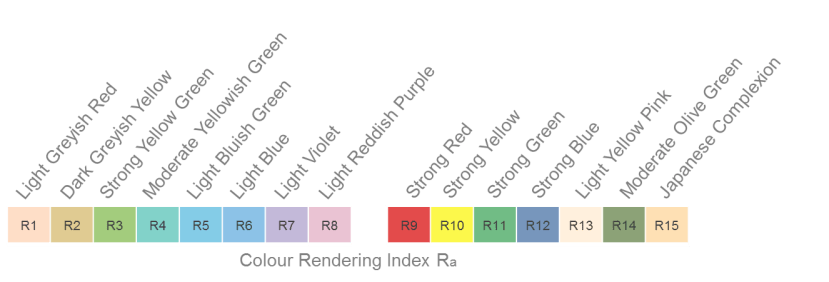Choosing a White LED
Follow articleHow do you feel about this article? Help us to provide better content for you.
Thank you! Your feedback has been received.
There was a problem submitting your feedback, please try again later.
What do you think of this article?
What is correlated colour temperature (CCT)?
Unlike coloured LEDs, which are differentiated by wavelength, the appearance of white light is measured in Kelvin (K). Interestingly - the lower the CCT value the “warmer” the white, and the higher the value the “cooler” the white. It sounds a little back to front.
Choosing a white LED
Warm whites have a red or yellowish tone and are used to imitate candle light, while the cool whites appear an icy bluish white. Often the choice of colour temperature is down to personal preference however they are better suited to certain environments.
Warm whites are calming and cosy, frequently used in restaurants, hotels and at home. Cool whites are harsher and you’ll often see these used in industry and street lighting. Then there are neutral whites that fall in the middle. These are mostly used in places such as offices, classrooms and retail.
When selecting your white LED, you may come across colours such as “Quartz white” or “Firelight white”. These are evocative but they are not very specific. Take the colour temperature value given in kelvin (K) and compare it against a colour temperature (CCT) chart:
What is CRI?
Colour rendering index (CRI) measures the LED’s ability to show the colours of objects in comparison to how they would appear under an ideal light source (daylight).
If you need colour accuracy you should choose a CRI of more than 80 (90 and above are readily available). Lower CRI values can show variations from the object’s natural colour appearance. However such LEDs are still great for outdoor applications e.g. street lights – and they are generally cheaper.
Retail, particularly clothing, furnishings and drapery, are examples of where a high CRI is important. Not only can it be used to attract customers but it can also prevent returns after they get home and see it’s a completely different colour to how it looked in the shop. Lumileds have designed a range of LUXEON COB LEDs with CrispWhite technology which are suited for retail. They have a high CRI alongside making whites more vibrant and colours highly saturated.
General Colour Rendering Index (Ra) and Special CRI (Ri)
The general Colour Rendering Index looks at the first 8 colour indices (Ri). Ra is the average of the eight Ri values and is stated as CRI with a maximum value of 100. Special CRI refers to the remaining 6 colours (9 to 15) including the saturated colours and skin tones. Therefore manufacturers often aim for interior lighting LEDs to have strong R9 and R13/R15 values, as this improves the appearance of complexion, giving the skin a healthy looking glow.
Using RGB LEDs for white light
RGB LEDs include three chips (red, green and blue) which can be used to create white light. The three colours can be mixed together to create a range of different colours. This is great if you need flexibility in your design. The only downside with using them for white light is that they can’t always produce as consistent an output as traditional white LEDs, and are therefore not a substitute for high CRI Lighting Class white LEDs.
How about remote phosphor?
An alternative way to create white light is through remote phosphor. This is designed to work with royal blue LEDs (sometimes called blue pumps) to produce a white light. It also gives you the option to swap lenses, which is much quicker and easier than having to change the LED itself. Simply changing the lens can completely change the ambience of the lighting. Remote Phosphor Components.
Visible LED range at RS Components
Related Posts - LED Wavelength vs. LED Colour



